Categories Economy
#EPA's status quo rule to leave its current ground-level ozone standard in place cleared #OIRA review yesterday after just two weeks. An agency announcement is coming this afternoon. #AirPollution pic.twitter.com/lIGAQBBgkL
— Sean Reilly (@SeanatGreenwire) December 23, 2020
2/9. Pruitt/Wheeler kicked all 7 members off the Clean Air Scientific Advisory Committee, and replaced them under a policy found to be arbitrary and capricious by the U.S. district court of SDNY. The repopulated CASAC has the appearance of lack of impartiality.
3/9. Wheeler refused to form a CASAC Ozone Review Panel 3 months after EPA issued a call for nominations for such a panel, thereby depriving CASAC of the breadth, depth, and diversity of expertise, experience and perspectives needed for ozone NAAQS Review.
4/9. The Ozone review process was truncated and accelerated, leading to inadequate scientific review, and inappropriate commingling of science and policy reviews. Fewer opportunities for public comment created a less transparent NAAQS scientific review process
5/9. As professional malpractice, the stripped down and reconstituted CASAC offered advice outside of its expertise, particularly with regard to epidemiology (there were zero epidemiologists on CASAC). The CASAC chair imposed a burden of proof contrary to that of the CAA.
🧵 THREAD about probably one of the BEST discussions about social value of work, economic wealth and fairness in a while.
40 mins with @amolrajan, @PJTheEconomist @elerianm @KGerlich777 Louise Casey
@davidgraeber 🗣️ "The more your job helps others, the less you get paid"
Wow: thanks for the humbling response #RETHINK on @BBCRadio4
— Amol Rajan (@amolrajan) January 4, 2021
Superb guests were @PJTheEconomist, @elerianm, Louise Casey, and Karolina Gerlich from the Care Workers' Charity.
But most credit to the producers: Louise Hidalgo, Derrick Bennett, Ros Jones https://t.co/vYHRDHvihq
2/
Reminded me of @euan_lawson for @BJGPjournal quoting Michael Sandel on meritocracy: https://t.co/tAl6sobtKW
🗣️ "In an unequal society, those who land on top want to believe their success is morally justified. In a meritocratic society, this means the winners must believe...
3/
🗣️ "...they have earned their success through their own talent and hard work.… at a time when racism and sexism are out of favor (discredited though not eliminated), credentialism is the last acceptable prejudice."
4/
@PJTheEconomist over the last 20 years:
⬇️ 30% per person spending on social care
⬆️ 100% more hospital doctors.
No extra GPs - actually the number of full time equivalents is dropping: https://t.co/n20woUk0Wu
And they aren't equally distributed either (inverse-care law)
5/
When we look at care work @KGerlich777 talks about care sector:
➡️ How it is heavily gendered? 80% women
➡️ How poorly it is paid and misconceptions about what it involves.
Louise Casey explaining needed huge reform and re-structure
\u201cYou do not have to be an economist, only human, to understand the desire to let loose, get together, and take risks after a year of cautiously locking down at home and distancing ourselves from one another.\u201d From a wonderful @MESandbu colhttps://t.co/MvFMmeLs5G
— Tony Tassell (@TonyTassell) January 1, 2021
Historical evidence clear - pandemics are usually deflationary, causing lower r*. Big difference with wars, which usually cause r* to rise. Great Jorda et al paper on this
Here is their main result
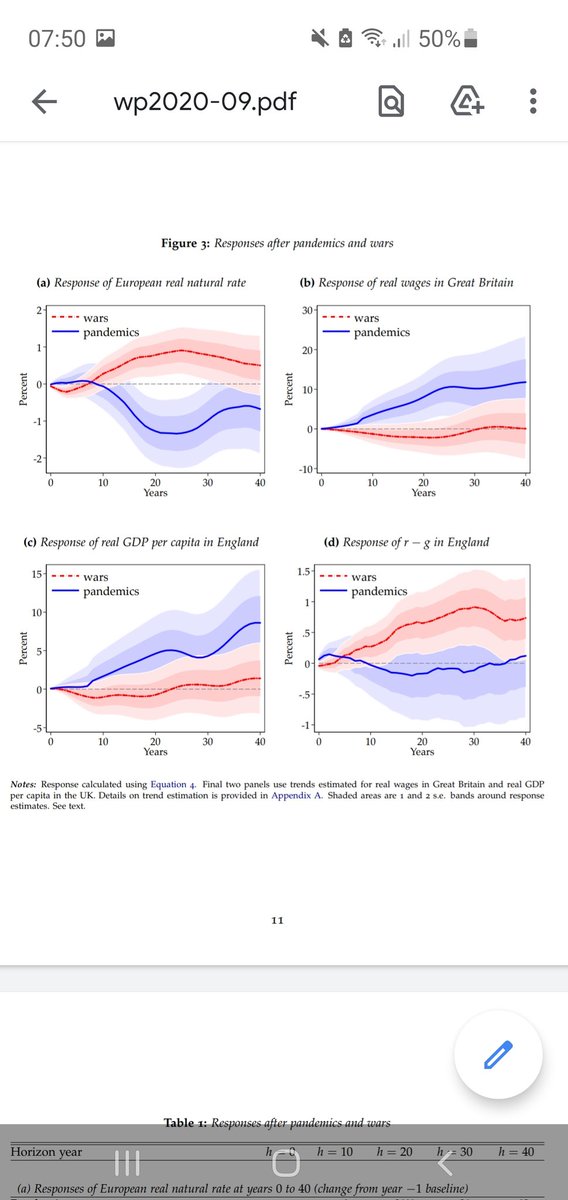
Historically, Wars destroyed both capital stock and labour force. Pandemics killed millions but left capital stock untouched. Covid-19 is neither of these things. Workforce hasn't plunged, capital stock untouched. Comparison with 1920s is a stretch. So precedent for today..
Some more recent evidence based on modern health crises shows only a short-lived boost to GDP, then weaker trend then before. See this Vox column
Remember this the next time they tell you there’s “nothing to cut.”
I’ll give you some examples of it here:
Researchers used federal funds from grants worth $1,327,781.72 to see if you’ll eat ground-up bugs. Read more here: https://t.co/BU1CjiZdgS

The National Institutes of Health is spending $3,452,234.00 to test if social media messages will get moms to stop their adolescent daughters from using indoor tanning salons. Read more here: https://t.co/BU1CjiZdgS

You opened a portal
I went through a journey and this is what I found
I started looking for Italian luxury fashion industries
Connect with the way of Silk?
Story always repeated itself https://t.co/op65Y1OMtz
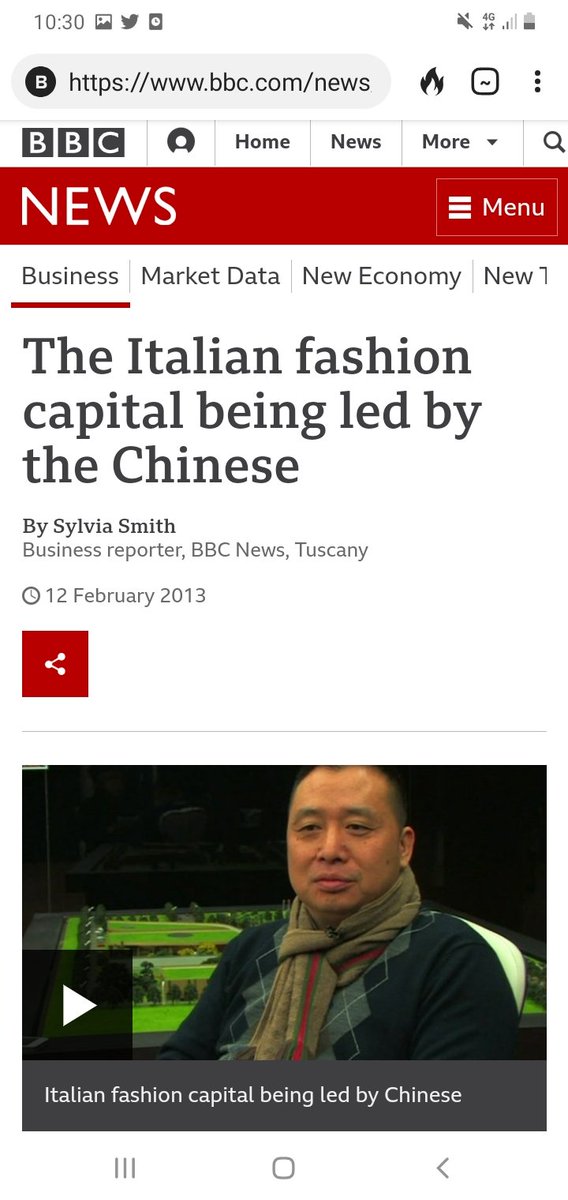
Did you know that Chinese Communist Party owns THE Panama Canal?
— Lin Wood (@LLinWood) December 13, 2020
Did you know that CCP built its own Suez Canal next to one built by America?
Do you know how much land CCP has purchased in Africa, South America & United States?
Wake up America.#FightBack
China slowly buying everything

Industries and part of banks power

With politicians signing agreements

And powerful industries in main sectors too
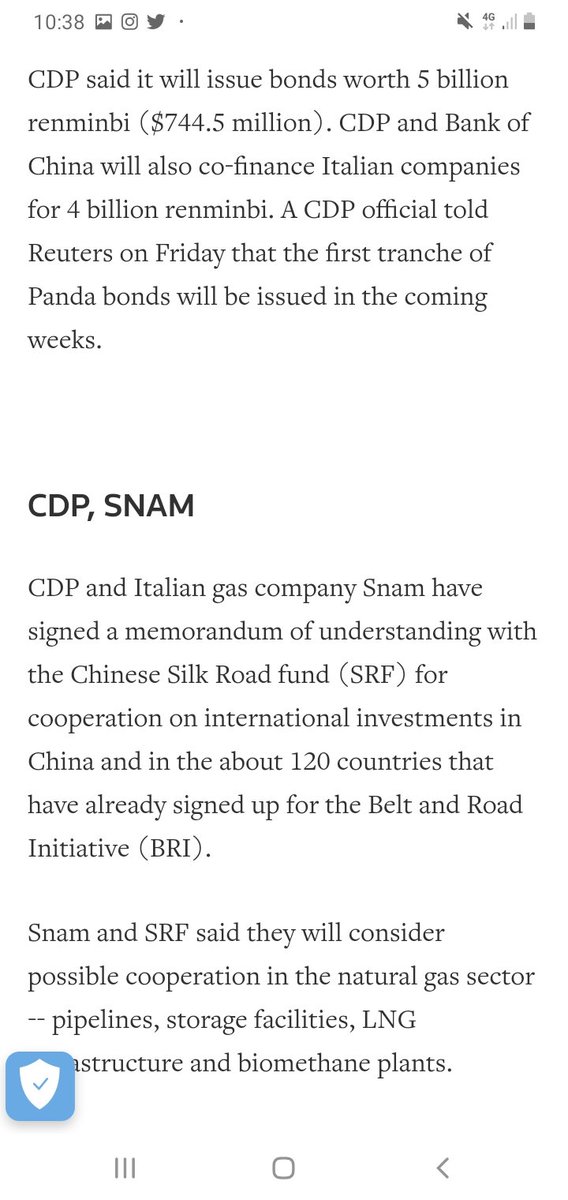
Here's the thread about "membranes" as a metaphor for groups of people.
15/ One metaphor I've heard people use for regulating group dynamics is of a cell membrane
— Malcolm is back by the \U0001f30ecean! (@Malcolm_Ocean) December 21, 2020
(what's my prompt again? "Spatial metaphors for human systems" ...idk what counts as spatial - everything's pretty spatial to me. I guess I'll avoid computer stuff tho\u2014doing great so far)
15a/ Membranes. Monists go on about how everything is one, which is true in a sense but also have you noticed that some things are inside and some things are outside? The role of skin, or the walls of a house, or a windshield on a car, is it keeps inside in & outside out.
15b/ Membranes can be applied to groups, and we can talk about a few different kinds of membranes that you might see around a particular group of people:
- closed membrane
- closed web
- semipermeable membrane
- open network
15c/ Closed Membrane: eg a company, family or country. Maybe a way to join it, but you need an active & explicit invitation by the members, whether that’s a job application or a marriage or an immigration process. Lots of intentional community houses are also like this.
15d/ Closed Web: consider a friend group. You don't exactly need an invitation from everyone in the group to join, but you do need to make friends with *someone* in the group. Polycules (except polyfidelity) work similarly, usually.
https://t.co/hmAz0tsyuv

Sinn says hyperinflation after WW1 impoverished the German middle class in the Weimar Republic: "Ten years later they elected Adolf Hitler as Reich Chancellor." Policy recommendation today against hyperinflation: "tighter budget constraints" /2
https://t.co/ydfxgiCpkD
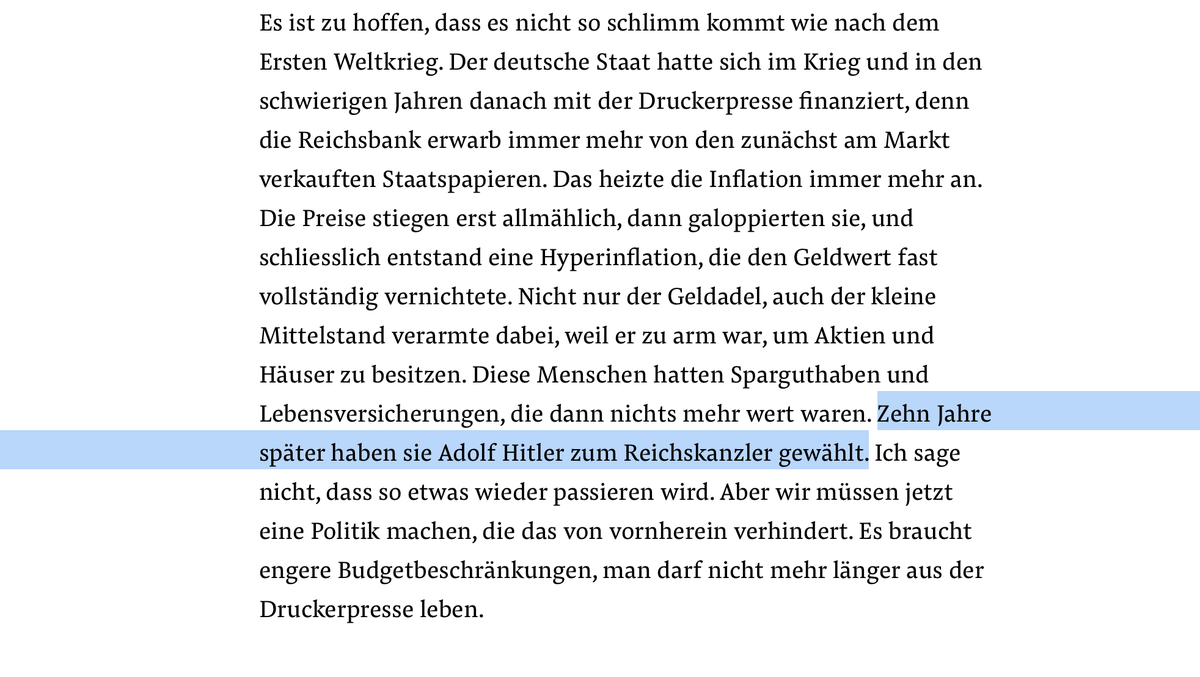
Sinn thus feeds a widespread misinterpretation. Mass poverty when the Nazis came to power in 1933 was not the result of hyperinflation, which at that time was ten years in the past; it was primarily a consequence of mass unemployment due to the recession in the early 1930s. /3
The Nazis had come to power after years of deflation - i.e. falling prices. From 1930 onwards, Reich Chancellor Brüning used emergency decrees to bring about tax increases and drastic state spending cuts that pierced the social safety net. /4
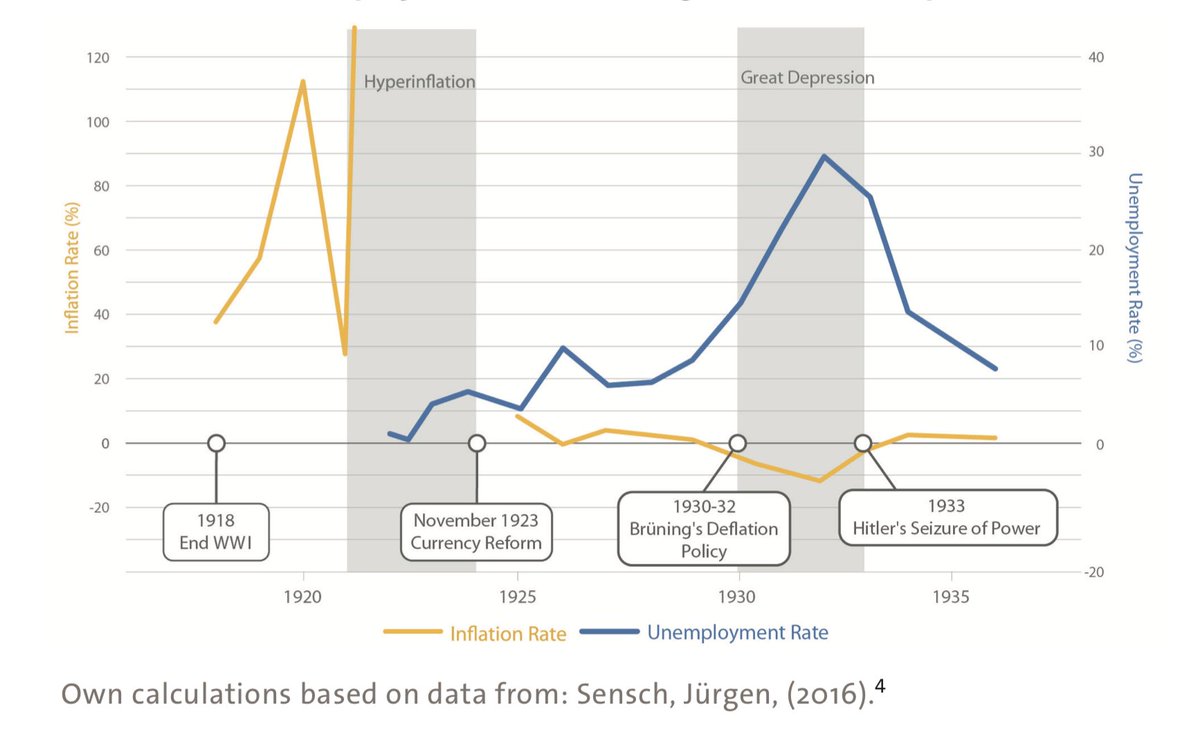
Austerity policies increased unemployment, led to social suffering and unrest. Hitler realised by the end of 1931 at the latest that Brüning's austerity policy would "help his party to victory and thus end the illusions of the present system." /5
https://t.co/yRN6hseciX























